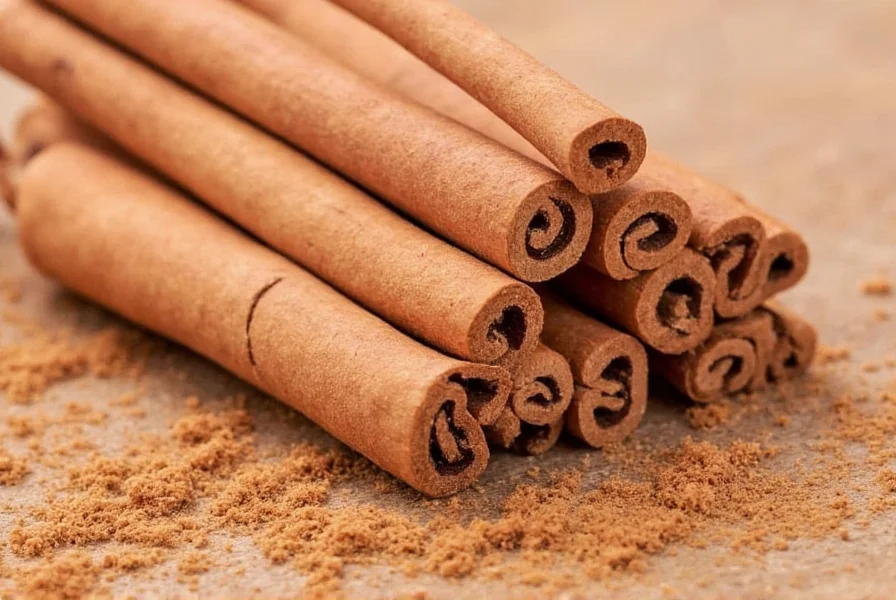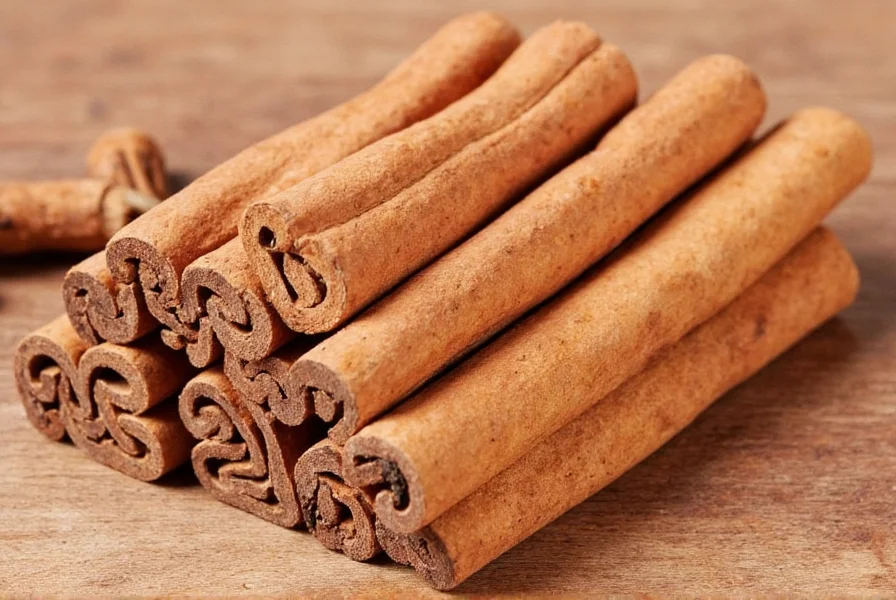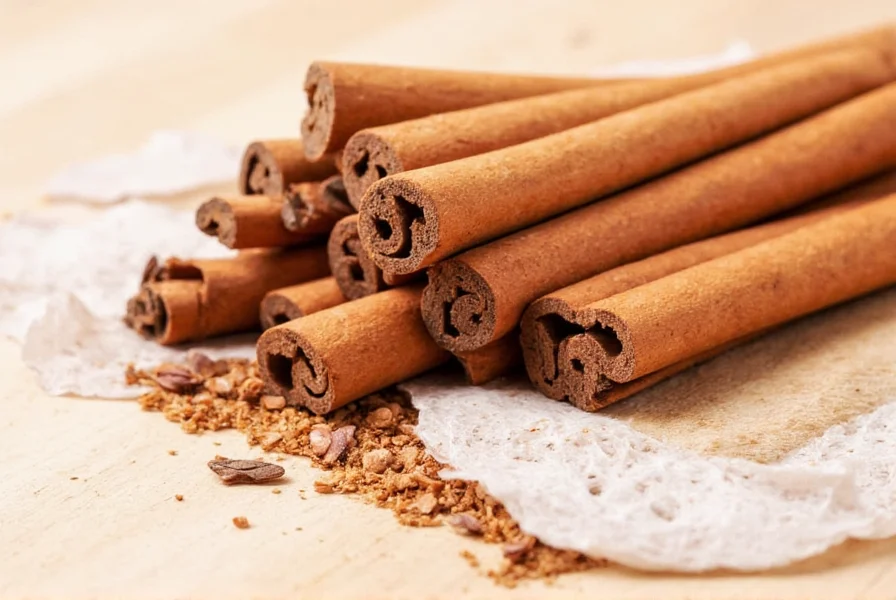When shopping for spices, understanding lead contamination in cinnamon has become increasingly important for health-conscious consumers. Recent testing has revealed that some cinnamon products contain trace amounts of lead, raising legitimate concerns about long-term consumption safety. This comprehensive guide examines the facts behind lead-free cinnamon claims, regulatory standards, and how to make informed purchasing decisions.
The Science Behind Lead in Cinnamon
Cinnamon itself doesn't naturally produce lead. However, Cassia cinnamon (the most common variety in supermarkets) can absorb heavy metals from contaminated soil, particularly in regions with industrial pollution or improper agricultural practices. The lead absorption in spices occurs primarily through the plant's root system during growth.
According to food safety researchers, the highest risk comes from cinnamon harvested near industrial areas or using contaminated irrigation water. Unlike synthetic contaminants, lead becomes part of the plant's structure, making it impossible to remove through washing or processing.
Regulatory Standards for Lead in Food Products
Understanding regulatory limits is crucial when evaluating cinnamon safety standards. In the United States, the FDA maintains guidance levels rather than strict limits for lead in most foods:
| Product Type | FDA Guidance Level | Stricter Industry Standards |
|---|---|---|
| General Food Products | 0.5-1.0 ppm | 0.1-0.25 ppm |
| Children's Food Products | 0.1 ppm | 0.05-0.1 ppm |
| Certified Organic Spices | No specific limit | Typically <0.1 ppm |
Many premium spice companies voluntarily adhere to stricter standards, particularly for products marketed as safe cinnamon for children. The California Proposition 65 standard (0.5 ppm for lead in consumed products) influences many manufacturers' testing protocols nationwide.

How to Identify Truly Lead-Free Cinnamon
The term "lead-free" can be misleading. Technically, no food is 100% free of trace elements. What consumers should look for are products with undetectable lead levels according to sensitive testing methods. Here's how to verify claims:
- Third-party testing certification - Look for brands that publish current Certificates of Analysis (COAs) from independent labs
- Transparent sourcing - Companies that disclose growing regions and soil testing practices
- Regular batch testing - Seasonal variations affect contamination levels
- Organic certification - While not guaranteeing lead absence, organic farms typically avoid contaminated soils
When evaluating organic cinnamon lead levels, remember that organic certification primarily addresses pesticide use, not heavy metal content. Some organic farms may still operate on historically contaminated land.
Health Implications of Lead in Cinnamon
The health risks of lead in food are dose-dependent. Occasional culinary use of cinnamon with trace lead (below 0.5 ppm) poses minimal risk for adults. However, regular consumption or use in children's foods requires more caution.
According to toxicology studies, the primary concerns are:
- Accumulative exposure when cinnamon is used daily in smoothies, oatmeal, or supplements
- Higher risk for children due to developing nervous systems
- Potential concern for pregnant women
Reputable health organizations emphasize that lead exposure from multiple sources matters more than any single food item. If you regularly consume cinnamon in therapeutic doses (common in some wellness communities), verifying cinnamon heavy metal testing becomes particularly important.

Practical Guidance for Consumers
For those seeking how to test cinnamon for lead at home, professional-grade testing isn't feasible for consumers. Instead, follow these evidence-based recommendations:
- Choose reputable brands with transparent testing practices
- Vary your spice sources to avoid consistent exposure from one potentially contaminated batch
- Prefer Ceylon cinnamon when possible, as it generally shows lower heavy metal absorption than Cassia varieties
- Check for certifications like NSF, ConsumerLab, or USP verification
- Moderate consumption if using cinnamon therapeutically
When shopping for the best lead-free cinnamon brands, look beyond marketing claims. Request current Certificates of Analysis directly from manufacturers. Some premium spice companies now include QR codes on packaging linking to batch-specific test results.
Addressing Common Misconceptions
Several myths circulate about lead-free spice labeling. Understanding these helps make informed choices:
- Myth: "Organic" automatically means lead-free
Fact: Organic certification doesn't test for heavy metals - Myth: All "Ceylon" cinnamon is lead-free
Fact: Source location matters more than variety - Myth: Home testing kits reliably detect lead in spices
Fact: Consumer kits lack precision for food-grade testing
The most reliable approach remains selecting brands committed to cinnamon safety testing protocols with published results. This provides greater assurance than any single label claim.











 浙公网安备
33010002000092号
浙公网安备
33010002000092号 浙B2-20120091-4
浙B2-20120091-4